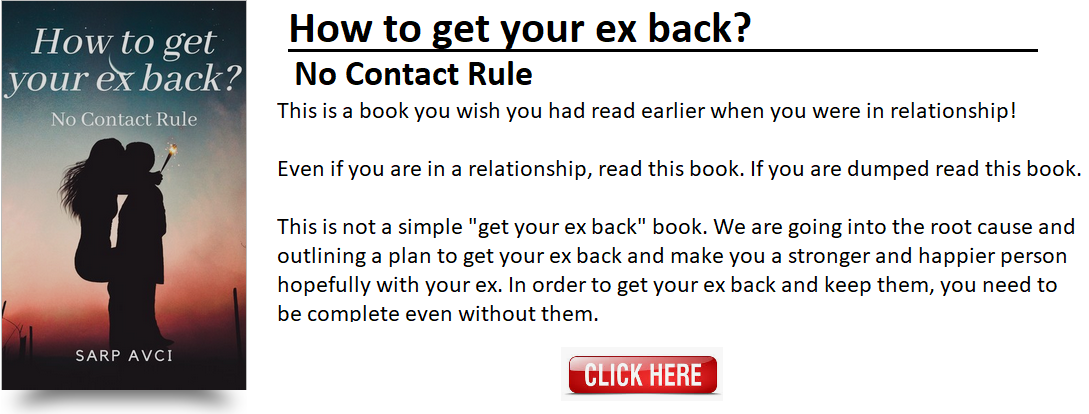HDB resale (secondary market) flat prices rose 3.1 per cent in Q2 2011 from 1.6 per cent of Q1 2011. Meanwhile resale transaction volume increased 6 per cent in the same quarter. Why, after all those demand side property cooling measures, resale HDB flat prices are not falling?
First there is supply crunch due to lack of fresh resale HDB. An HDB flat enters resale market 5 years after its completion and to see what the fresh supply is in 2011, we need to go back 5 years in time to 2006. Google “DTZ Insight Singapore house price debate Liquidity rules the market” and look at the Figure 1 named “Completion of Residential Units” in the research document. You will see that since 1996, 2006 was the year with the lowest number of residential unit completion. According to the research 2006 had also the lowest number of HDB completions since 1996. 5 years from that year, it is not surprising that we have a great supply crunch now. In terms of fresh resale flat supply 2011 is the worst year. 2013 also will be bad since 2008 figures are also very low.
Second, there is a supply crunch due to high private property prices. A net unit of HDB flat usually enters resale market when its owner upgrades to private property but since we have a very high gap between HDB prices and mass market private property prices, many simply cannot upgrade. So even a flat is eligible to be sold in the secondary market, it will not enter the market due to its owner’s inability to upgrade.
“Those who took Q1 2011 to understand the cooling measures have come back to buy on the resale market,” said Mohamed Ismail, PropNex CEO.
“However, there are still many owners who, due to the effects of the cooling measures — especially the lower 60 percent Loan-To-Value ratio and revised Minimum Occupation Periods, are reluctant to move or sell their flat, resulting in a supply crunch and driving median resale prices as well as COV levels up.”
Source : Resale HDB prices up
Third, there is a supply crunch due to property cooling measures. In addition to the high prices of mass market private residential units, loan to value ratio and dual public private property ownership restrictions keep many in their HDBs.
Due to these supply problems, the prices can only stabilize and fall, if demand falls down enough. Demand is probably falling down fast now. First HDB is releasing more BTO projects this year and removing a large number of buyers who goes to resale market frustrated with the long queues for new HDB flats. HDB offered 15,000 flats so far in 2011 and will offer 25,000 flats for 2011. This is nearly 3 times the average of 8,260 units average of years between 2001 and 2008. According to the Housing Matters blog of MND, 23 per cent of demand for HDBs comes from first time buyers.
National Development Minister Khaw Boon Wan recently said that it would take 3 to 5 years before the prices of HDB resale prices stabilize:
“ChannelNewsAsia reported Mr Khaw as saying that in order to address an imbalance between supply and demand, new build-to-order (BTO) flats are being built, but these would take three years to be completed. Mr Khaw added that young couples who already have a place to live should not head for the resale market but stick with applying for BTO flats.
Current HDB residents who want to get a bigger flat, or 'upgrade', should also stay out of the resale market to avoid crowding the market, he said. 'Why do prices go up? It's very simple, because there's an imbalance in supply and demand,' CNA quoted Mr Khaw as saying at a community event. 'Supply means building more. (But) you won't see the flat until three years later. New housing plans will have effect on the resale market. So the more I push out, I'm sure there's some influence,' he added.”
Source : Forums ChannelNewsAsia



No comments:
Post a Comment